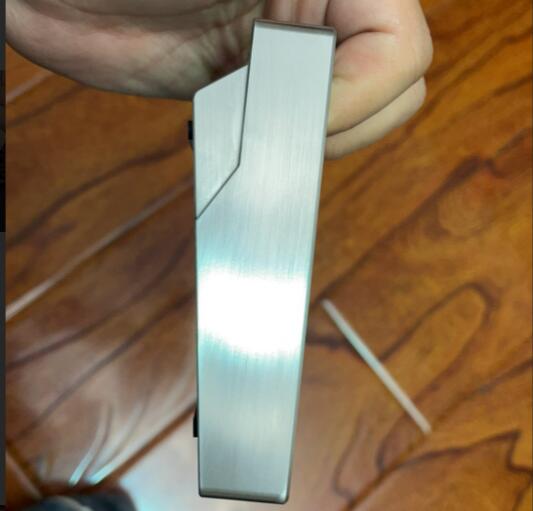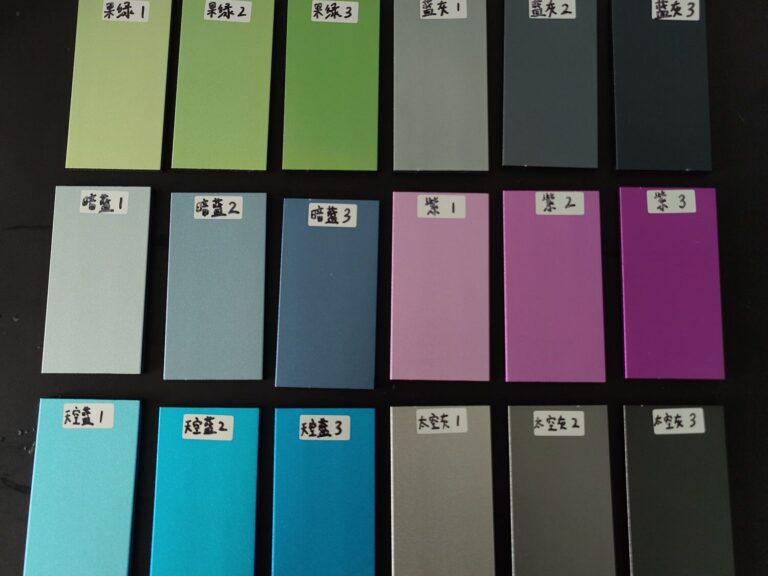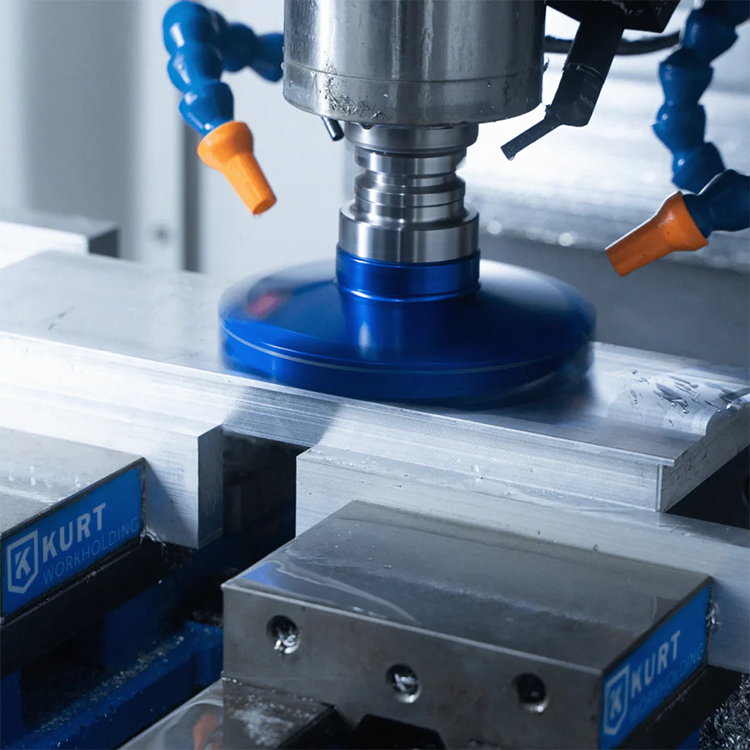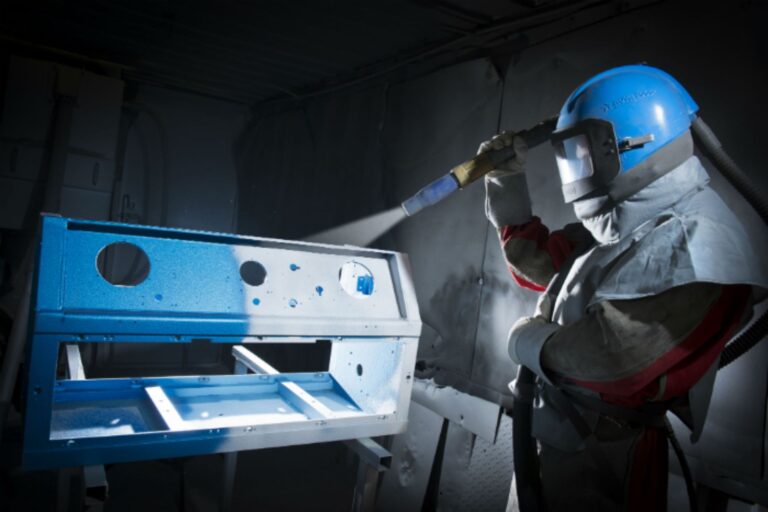brushing treatment is a surface treatment method that forms lines on the surface of the workpiece by grinding products to achieve a decorative effect. Because the brushed surface treatment can reflect the texture of metal materials, it has been loved by more and more users and has become more and more widely used.
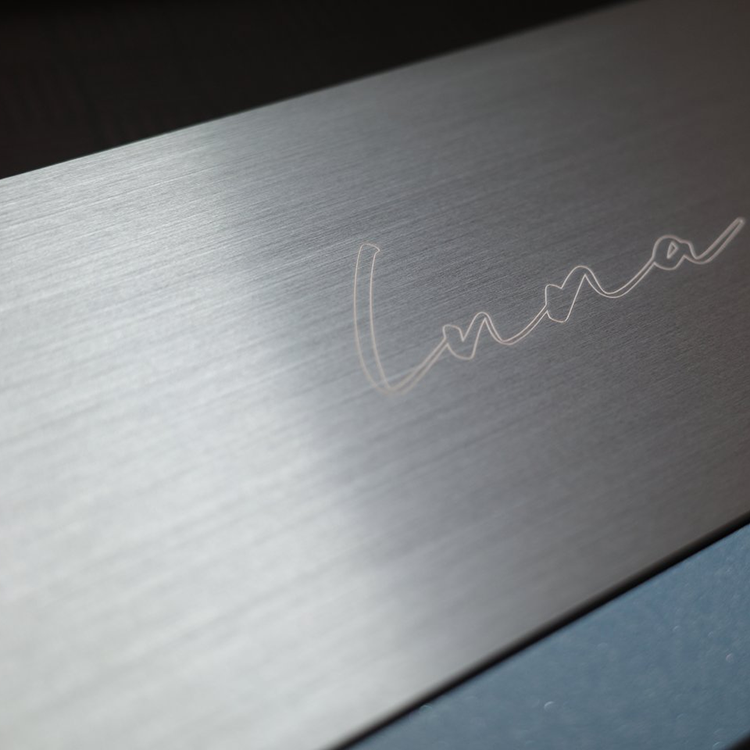
The common methods of mechanical wire Brushing are as follows:
Flat pressure abrasive belt brushing flat pressure
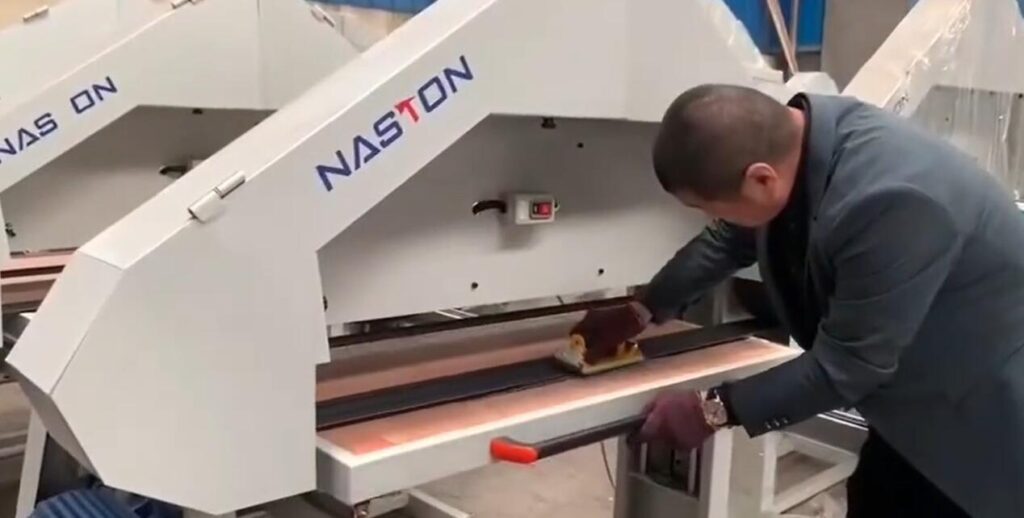
Flat pressure abrasive belt brushing, also known as flat pressure brushing, is a surface treatment process that involves using an abrasive belt and a flat pressure roller to brush a workpiece. The abrasive belt is wrapped around the pressure roller and the workpiece is placed against the roller, which applies pressure to the workpiece and presses it against the abrasive belt.
Brushed non-woven roller

The workpiece is rotated at high speed by the roller brush to paint on the surface of the workpiece.
This Brushed method is more and more widely used in notebook magnesium/aluminum alloy panels, keyboard panels, battery covers, camera protection plates, camera slide covers, etc.
Advantages of roller brush drawing method:
- It is suitable for large-area wire drawing, because the wire drawing adopts the method of line contact instead of flat contact, thus avoiding the generation of a large amount of heat. At the same time, non-woven structure grinding products are used, which have a good cold grinding effect. (The characteristics of the non-woven fabric structure will be introduced in detail in the drawing and grinding products later). In addition, the non-woven roller brush can be very wide (the width of the non-woven roller brush of 3M company can reach 1219mm), and the processed plate can also be very long.
- With this wire drawing method, the wire drawing surface can have a certain curvature, even a small protrusion such as a text logo, etc., because the non-woven roller brush has a good fit (the characteristics of the non-woven fabric structure will be introduced in detail in the following wire drawing and grinding products. ).
- It can work continuously, which improves the production efficiency.
- A roller brush, which can produce two kinds of wire drawing effects with vibration and non-vibration. The lines drawn by the non-woven roller brush do not have a concave-convex feel, but the visual perception of the lines is obvious.
Wide abrasive belt brushing
This wire drawing method is the most traditional wire drawing method, which is used for flat wire drawing and is especially suitable for plate processing. The abrasive belt rotates at high speed, and the plate is polished and drawn by the conveyor belt through the abrasive belt. Usually, the stainless steel plate, aluminum alloy and other plates are made into semi-finished products for drawing, so as to be further made into products with plates as raw materials, such as stainless steel elevator drawing door panels, stainless steel Counter, aluminum alloy chassis, etc. The lines drawn in this way are usually very thin and short, which can be called snow patterns. This method requires better adherence of the abrasive belt, so that the line effect of the plate can be more uniform. 3M’s non-woven abrasive belts have better conformability than traditional coated abrasive belts.
Centerless grinding brushing

This is how drawing is done with a centerless grind. The abrasive products used are non-woven wire wheels or abrasive belts. Suitable for round tubular workpieces, such as handles, handles, etc. The wires drawn in this way are usually short wires, and the length of the wires is related to the rotation speed of the workpiece, the rotation speed of the grinding product and the grinding product itself.
Polishing machine brushing

Only the speed of the machine is used to drive the nylon wheel, and the product is polished by manual technology. Suitable for irregular electroplating products.

